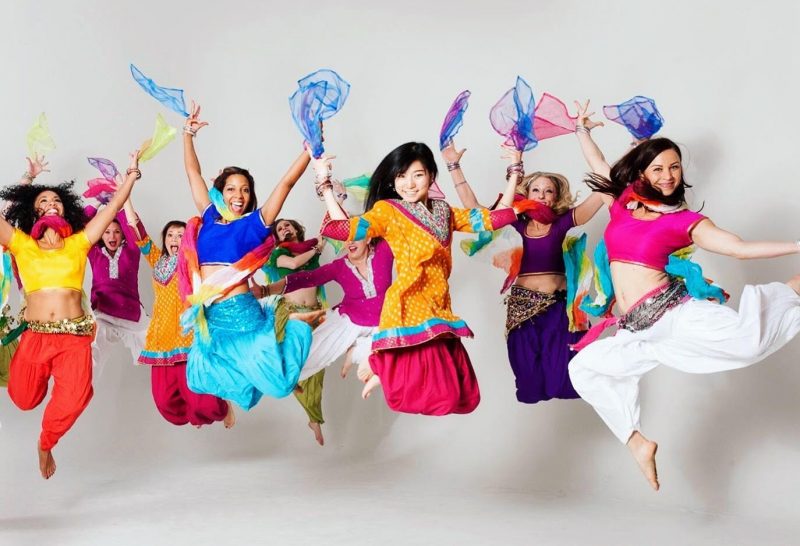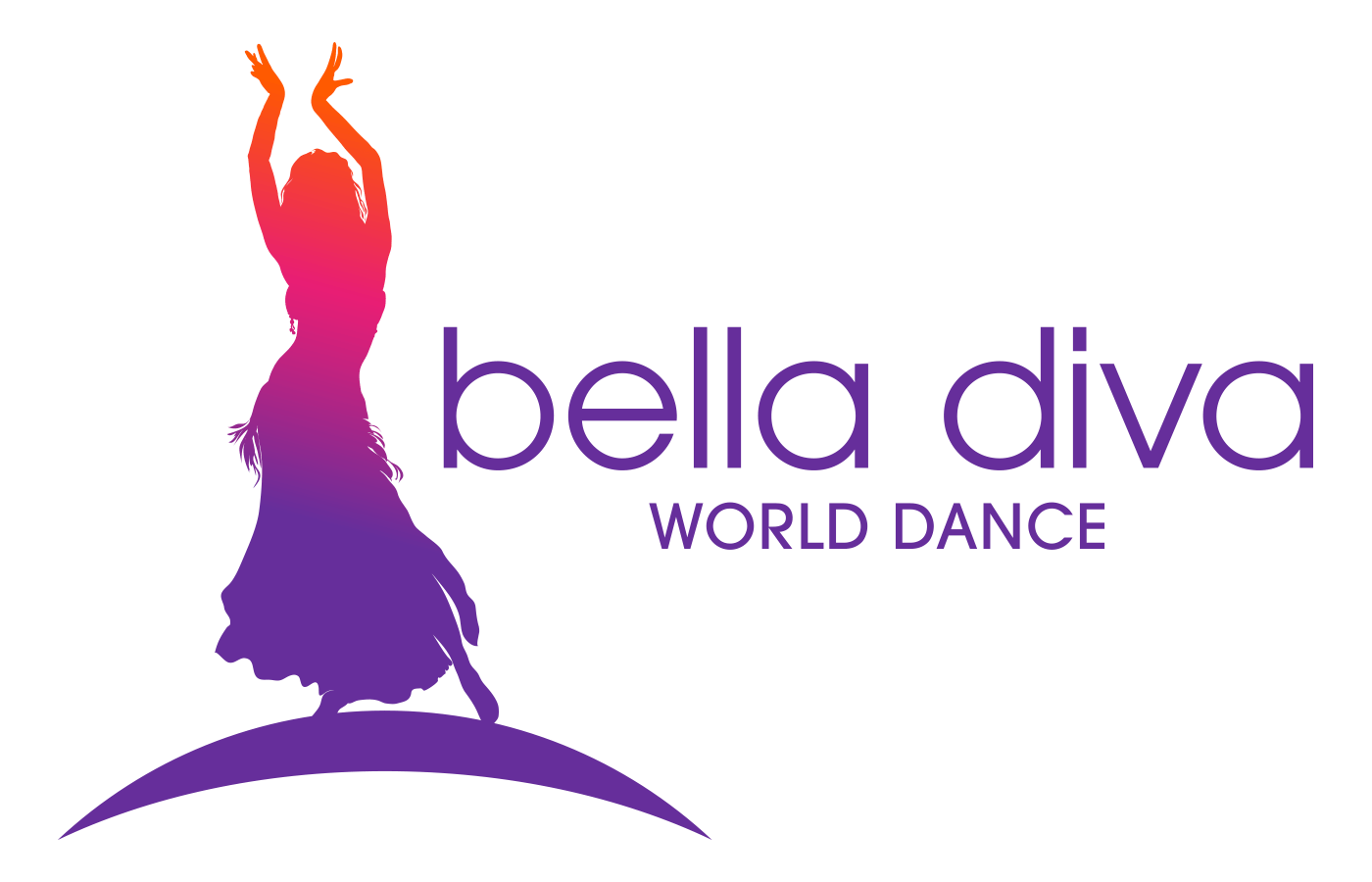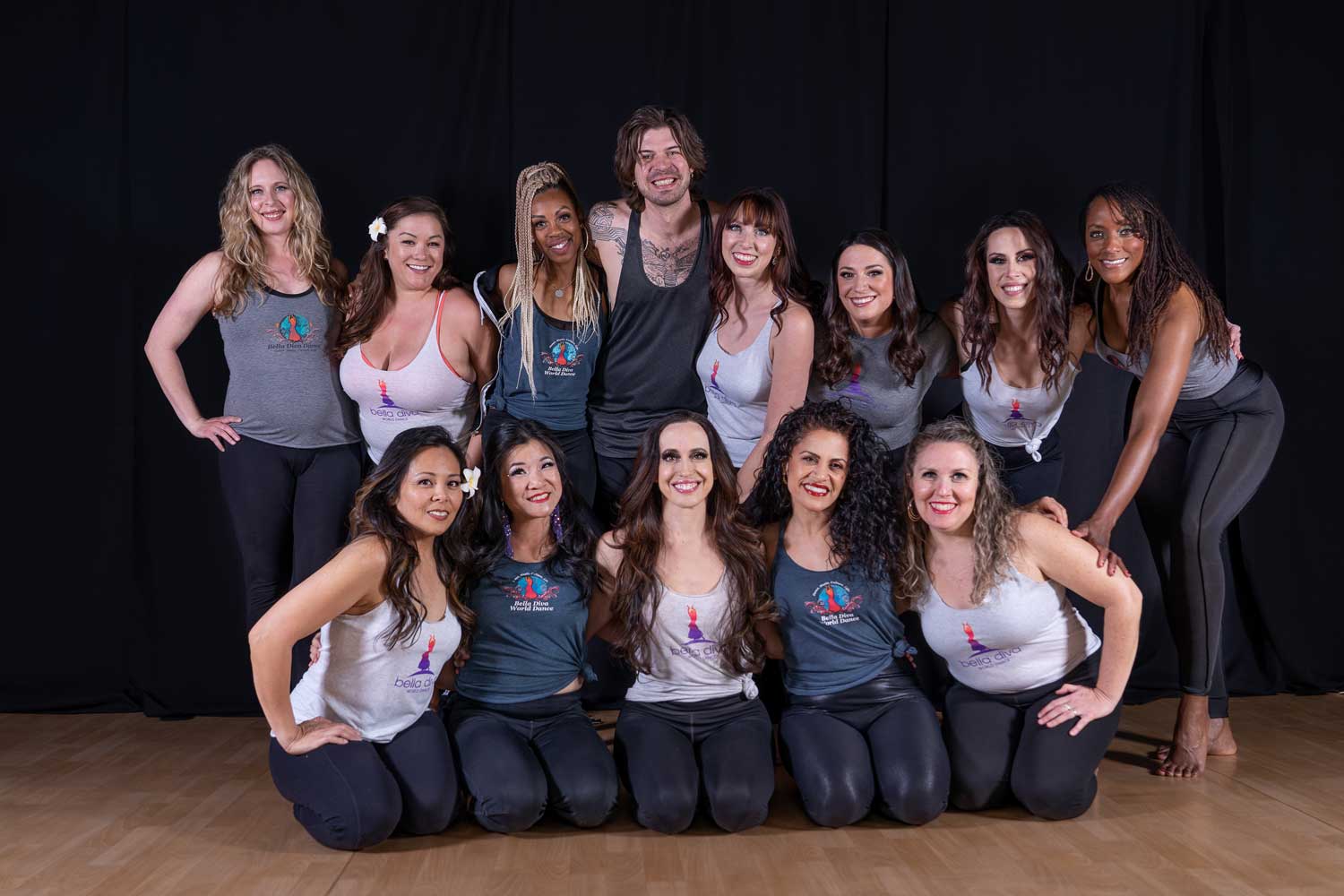
Dancing through space and time is great, but not enough. Energy is crucial in every movement of every dance to properly communicate the intention behind it.
Energy: The Fifth Element of Dance
Saying that a dance “has a lot of energy” is misleading. ALL dances use the element of energy, though in some instances it may be slow, supple, indirect energy – not the punchy, high speed energy of a fast tempo dance.
Source: Elements of Dance
 We’ve gone over the elements of dance, but once we understand body, action, space and time, there’s still one thing missing: energy. Energy is all about how movement happens. It represents the qualities of movement. It’s because of energy that a dance can have so many nuances. It can be soft, strong, sharp, powerful, or rich. There’s also an emotional part involved. A dancer can communicate the meaning of a dance with the energy they put into it because it is energy that connects the emotion on the inside with those watching the performance.
We’ve gone over the elements of dance, but once we understand body, action, space and time, there’s still one thing missing: energy. Energy is all about how movement happens. It represents the qualities of movement. It’s because of energy that a dance can have so many nuances. It can be soft, strong, sharp, powerful, or rich. There’s also an emotional part involved. A dancer can communicate the meaning of a dance with the energy they put into it because it is energy that connects the emotion on the inside with those watching the performance.
3 Ways to Convey Energy
- Weight: This translates into light movements; those that create the illusion of the body going upward, like ballet, or heavy movements, as if giving in to gravity.
- Attack: Movement can be smooth and sustained, or sharp and sudden. The latter can be generated through energetic movements like in hip hop or Kathak, a type of Indian dance.
- Flow: Some dances require a more laid-back type of energy to make them more “fluid,” which involves continuous, relaxed movements. On the other hand, a dance could also need “less fluidity,” which mostly refers to more muscle tension.
The energy that must be put into each dance is what makes world dances so unique and relevant. The energy needs to be performed and the energy that comes out are powerful and make each piece meaningful. Come let that energy shine through and be a part of our dance classes in Denver.

